In a nutshell, fire cider is apple cider vinegar infused with spicy and aromatic ingredients like habaneros, onions, and horseradish.
Fire cider is a modern relative of the ancient four thieves vinegar, a legendary herb and vinegar infusion believed to protect against the plague. The story goes that a group of thieves was caught robbing the dead during the European plague, and in exchange for their freedom, they gave up the recipe for the elixir that protected them against the disease.

If we are to believe that the drink was effective at all, it would most likely be because of the insect-repellent herbs used in the concoction. Wormwood, cloves, and camphor are known to repel fleas, which were carriers of the plague bacteria.
Rosemary Gladstar, the famous herbalist, is credited with creating what we now call fire cider in the 1970s. She created the drink in aims to combine the benefits of many potentially beneficial herbs and spices along with apple cider vinegar.
Potential Health Benefits Of Fire Cider
The purported health benefits of each ingredient have been studied by scientists and homeopathic practitioners alike. Without getting into the health benefits too much (more information in links at the bottom), many people take fire cider as a health tonic during the winter months because of its purported cold and flu-fighting abilities. Beyond that, I think it just tastes good!
Hopefully, this brief introduction has at least intrigued you to keep reading and perhaps even try making some of your own!
Fire Cider Recipe
Tools And Supplies Needed
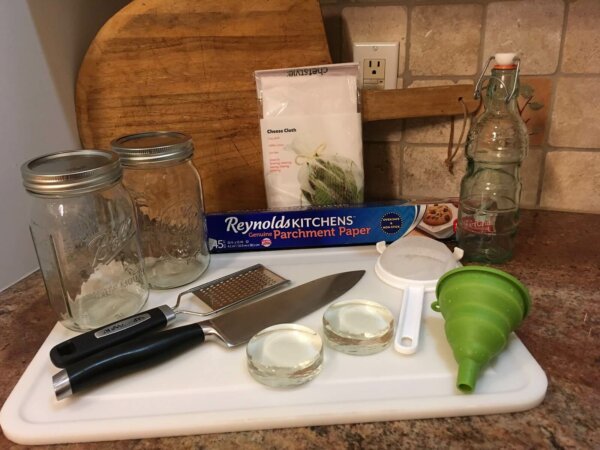
- Cutting board
- Chopping knife
- Grater
- 2 glass, 1-quart jars with lids
- Glass weights or fermentation stones
- Parchment paper
- Funnel
- Mesh strainer
- Cheesecloth
Ingredients
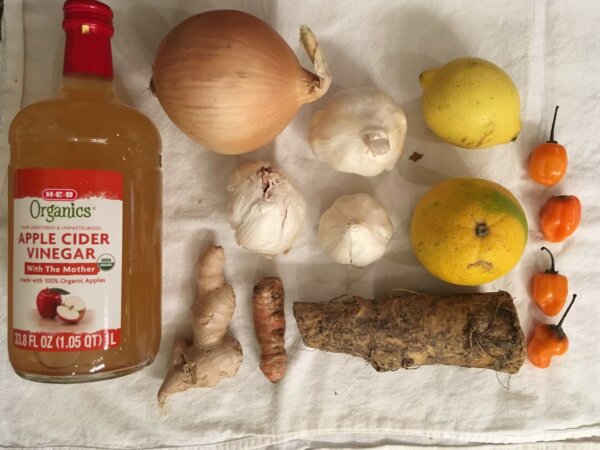
- 1 large horseradish root, peeled and roughly chopped
- 1 large ginger root (approx. 7 inches long), peeled and grated
- 1 turmeric root (approx. 4 inches long), peeled and grated
- 1 large white onion, peeled and roughly chopped
- 1 large orange, roughly chopped
- 1 large lemon, roughly chopped
- 2-3 heads of garlic, peeled and roughly chopped
- 2-4 habaneros, roughly chopped
- Raw apple cider vinegar
- Raw honey
*Note: Many of these ingredients can be substituted or the amounts changed. For example, you can use canned versions of horseradish, ginger, and garlic, or powdered turmeric. You can also substitute habaneros for any hot pepper you have on hand. However, the fresher the ingredients, the more potent the drink.
Directions
- Distribute all ingredients into 2 1-quart jars.
- Weigh down the ingredients with a glass fermentation weight.
- Pour apple cider vinegar into jars until ingredients are completely covered.
- Cover jars with parchment paper and screw on lids.
- Store in a cool, dark place (like a cupboard or pantry) for 4 weeks.
- Shake jars daily.
- Replace parchment paper weekly to prevent it from disintegrating.
- After 4 weeks, pour ingredients into a strainer (lined with cheesecloth) over jars.
- Squeeze cheesecloth to get all the concentrated liquid out.
- Add honey to the strained vinegar. Start with 1/4 cup per quart and increase unt the l desired level of sweetness is reached. Shake or stir vigorously.
- Using a funnel, pour finished cider into glass bottles (flip-top style ones work great).
- Store in a dark, cool place for up to a year.
- Shake before serving.
Cost Of Making Fire Cider
Assuming you have all the supplies, the total cost will be around $10 for the ingredients alone. However, the cost of making this recipe can vary a lot, depending on the supplies and tools you already have and what ingredients you are able to harvest out of your own garden.
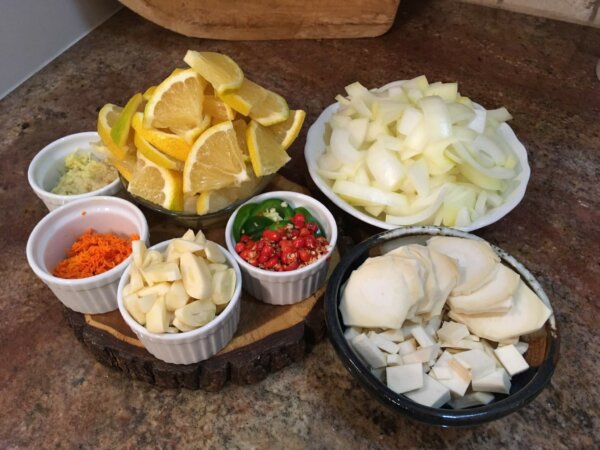
To save money on ingredients, you can substitute or omit certain items. For example, if you don’t grow habaneros but DO grow other kinds of hot peppers, feel free to substitute; we’re really after incorporating the capsaicin from the peppers.
Capsaicin is the active component in spicy peppers that gives them their heat and has many studied health benefits. Also, substituting fresh turmeric for the powdered version you may already have in your pantry is perfectly fine.
Something necessary that you may not have, if you haven’t done much vegetable fermenting before, is a fermentation weight. They are necessary to keep the produce fully submerged, helping to prevent mold. I bought mine for about $21 for a 4-pack. These are nice quality glass ones that will last a lifetime. So if you plan on fermenting more vegetables, they are certainly a worthwhile investment.
How To Use Your Fire Cider Elixir
Now that you’ve got quarts of this potent potion, what are you going to do with it? My favorite way to use it is drinking it straight up. Neat, as a whiskey drinker would say. A 1-2 ounce shot of fire cider is great for sipping when it’s cold outside.
Other Good Ways To Use Fire Cider:
- Marinade
- Homemade salad dressing
- Mixed with hot water and more honey for a tea
- Topping on cooked greens
- In a shrub/switchel
- In a spicy coleslaw recipe
Fire Cider Variations
Fire cider is one of those recipes that lends itself to infinite variations. You can use other warming spices like cinnamon, cloves, and black pepper.

Rose hips add vitamin C. Use fresh herbs you have from your own garden. The possibilities are endless. Essentially, the basics for a fire cider are spicy and pungent components.
Tips For Making Fire Cider
- Wear gloves when processing hot peppers and horseradish.
- Using a food processor to chop and grate ingredients can speed up the prep work.
- Remember to replace the parchment paper about once a week as the paper will begin to disintegrate.
- Cut a few pieces of horseradish into wide, thin slices. You can use these at the top of the pile in the jar as a “shelf” for your fermentation weights. This will help to keep all the ingredients fully submerged.
Resources
More information on the history of infused vinegars:
- Four Thieves Vinegar: Evolution Of A Medieval Medicine, Secret Of Thieves
University of Maryland’s information on medicinal effects of herbs:
- Complementary and Alternative Medicine Guide, University Of Maryland




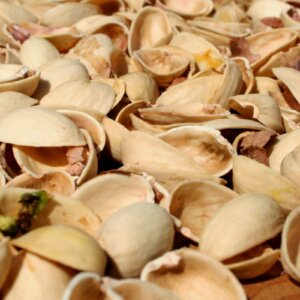




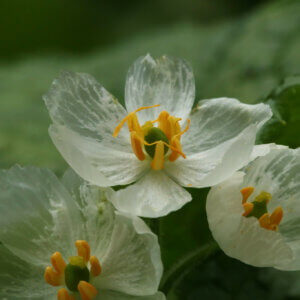
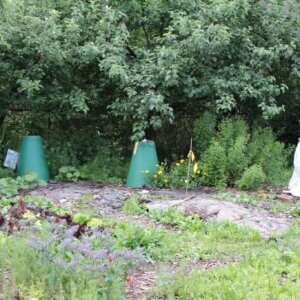
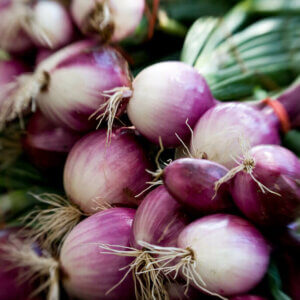

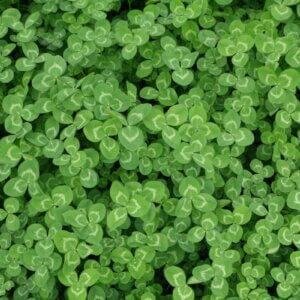



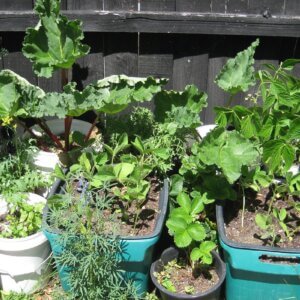
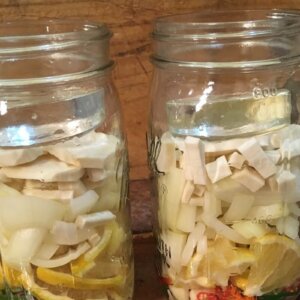
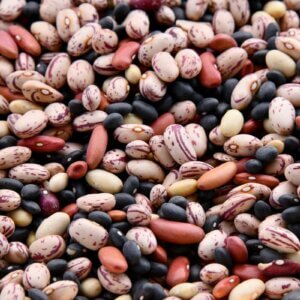

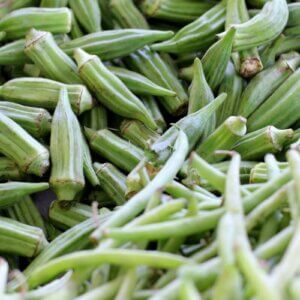
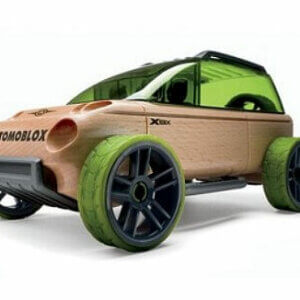

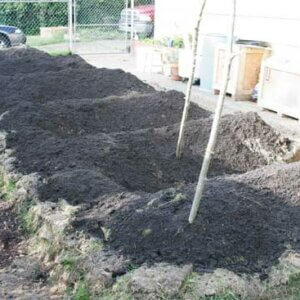
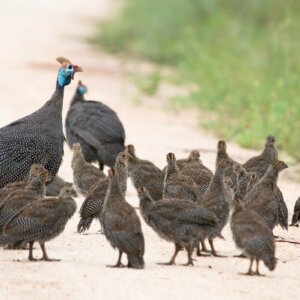
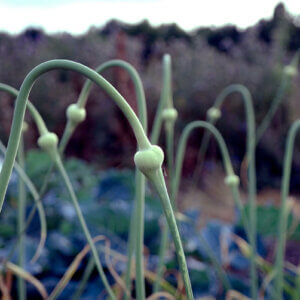

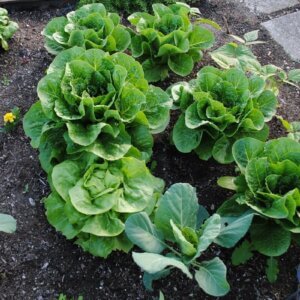

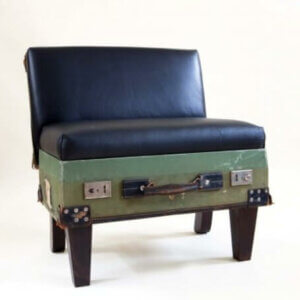
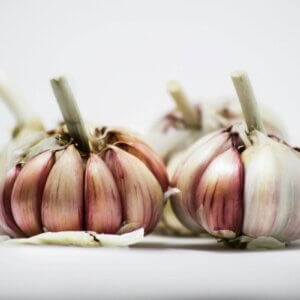



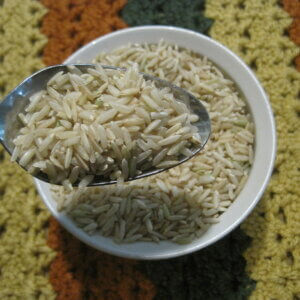



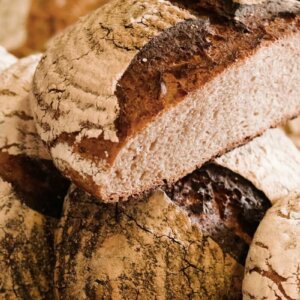
Leave a Reply